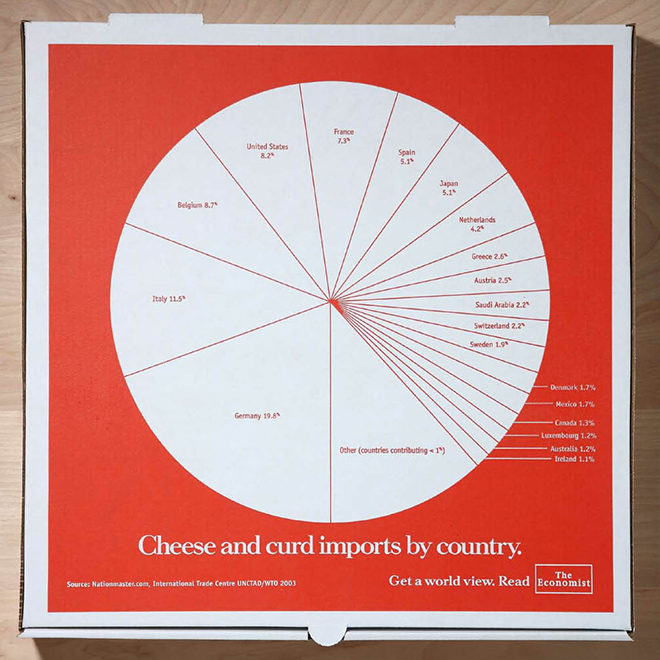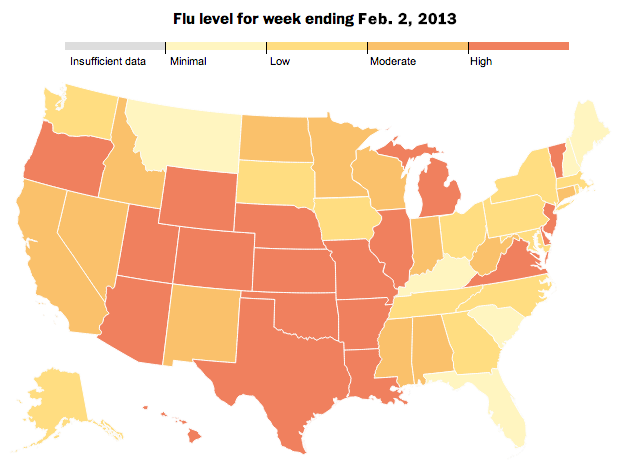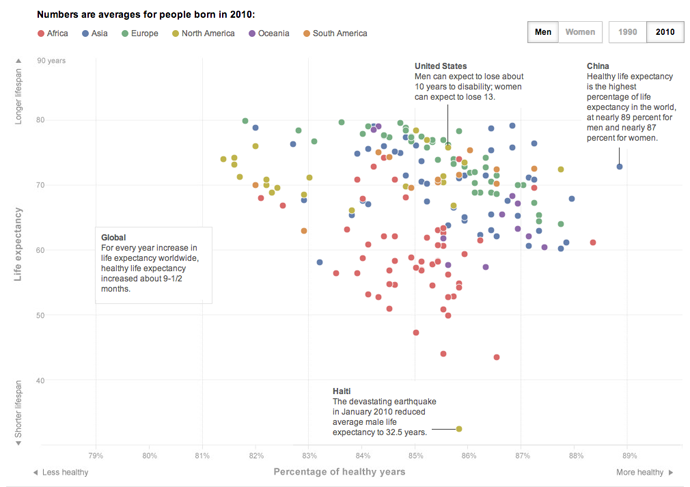Certainly in the more illustrative range, a few weeks back the Washington Post published a small piece that looked at the F-35. Somehow it has survived budget cuts and become a monstrous $400 billion defence project. Partly that is because it is being built in three different versions for all the main aircraft-flying service branches: the Air Force (A), the Marine Corps (B), and the Navy (C). The Post piece highlights some of the key differences between the versions.

Credit for the piece goes to Rajiv Chandrasekaran, Alberto Cuadra, and Bill Webster.











